EMQ » April–July 2024 » Volume 60 Issue 2
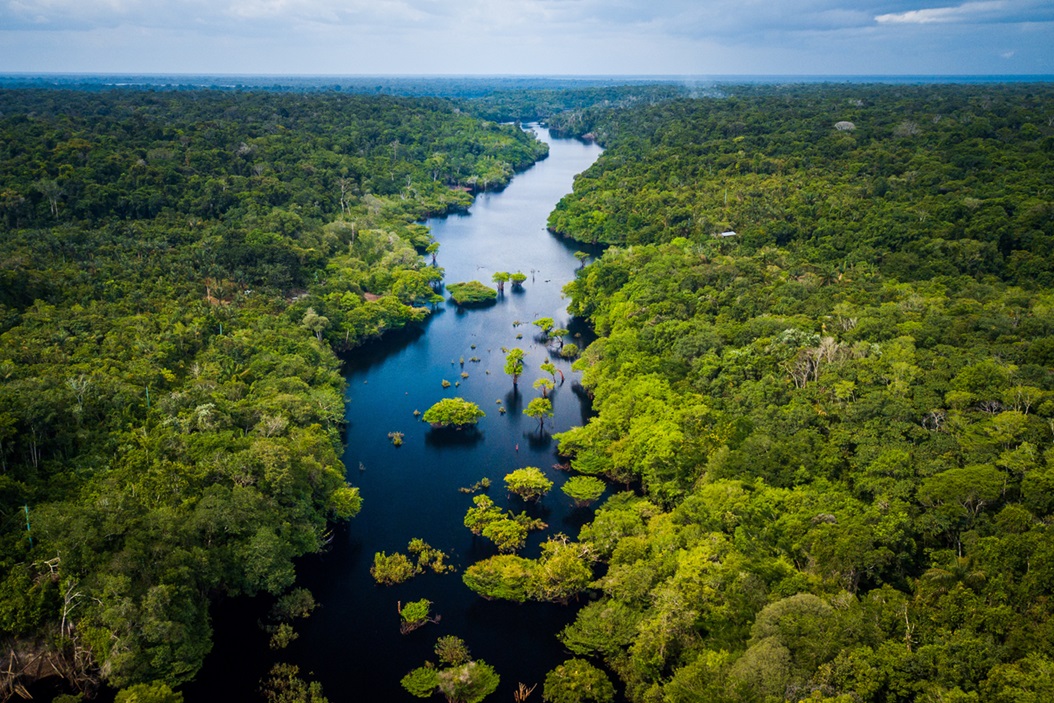
Special Article Preview
This article of Evangelical Missions Quarterly (EMQ) is a publicly accessible preview. Join Missio Nexus or subscribe to get access to all articles!
Summary: Across the Amazon region and lowlands of South America, God has raised up a movement of foreign, national, and Indigenous missionaries that are working in unity to see the Great Commission fulfilled. They long to see all the Indigenous peoples in the Amazon region and lowlands worshiping and glorifying God’s Holy Name as equal parts of Christ’s Body on earth.
By Enoque Ozório de Faria and Javier Mayorga Ramirez
In the heart of the vast Amazon region, where the rainforest breathes life and Indigenous cultures weave thousands of stories, the Three Waves Movement (Movimiento Tres Olas – MTO) emerges. This movement is composed of Christian leaders and organizations from diverse nations and cultures who transcend cultural and geographical barriers to work to fulfill the Great Commission – together. They stand as a beacon of hope, working tirelessly to share the gospel of Jesus Christ and accompany the integral development of Indigenous communities in the Amazon region and lowlands.
A Vision for the Unreached in the Amazon
This movement began with a vision God gave to a man who grew up immersed in tribal cultures. Paul Johnson’s parents worked among unreached tribal groups in Bolivia. But in 1989, God cultivated a burning desire within him to reach the unreached in the Amazon region in a new way – by empowering existing Indigenous churches and their leaders to do it.
In 2004, he shared this vision in a consultation with the leaders of several mission organizations that were already working in the Amazon region. The outcome was the creation of a cooperative consortium of organizations. More meetings followed with Indigenous leaders as the main speakers. They shared about the many challenges of their own peoples and communities.
Later that same year Paul shared his vision at an SIL International (sil.org) gathering in Dallas, Texas. Several people who worked in Brazil came to him afterwards and told him he should visit Brazil. They explained that something was already happening there that was very similar to Paul’s vision for the Amazon region. Paul heeded their advice and went to Brazil soon after.
He went to a large conference of Indigenous leaders in Brazil. There Paul met Henrique Dias Terena and me (Enoque). Henrique had become the president of CONPLEI[i] (National Congress of Evangelical Indigenous Pastors and Leaders, conplei.org.br) two years before. He is Indigenous from the Terena tribe in Brazil. At that time, I was the coordinator of the department of Indigenous affairs (DAI)[ii] for AMTB, a Brazilian cross-cultural mission association.
The Beginning of the Three Waves
In Brazil, Paul discovered a model for what he sensed God was calling him to do. He observed a movement that later was referred to as the three waves. The first wave was composed of foreigners that came mostly from the US, Canada, and Europe into the Amazon jungle to reach out to the Indigenous groups in Brazil. The second wave was comprised of non-Indigenous Brazilian nationals that joined forces with the first wave. Then the third wave was composed of the Indigenous themselves, who also joined this big task of reaching out to all the Indigenous people groups of Brazil.[iii]
Inspired by what he saw in Brazil, Paul invited Henrique and I to speak at several Amazon consultations in the US. We shared about what God was doing in Brazil – the cooperation of all three waves. Paul’s hope was that by hearing our testimony, North American mission leaders would realize that it was possible for people from all three waves to work together. From there, he encouraged a movement of close partnership between the non-Indigenous missions task force and the growing number of Indigenous missionaries in each country in the Amazon region.
Certainly, there was resistance. Mission organizations in South America had a history of working by themselves and not cooperating nor having fellowship with each other. So Paul’s proposal to work together in cooperation sounded strange to those ears. But Henrique and I could publicly support this proposal because we’d experienced it. This gave us a credible platform from which to answer questions from those with concerns.
Paul had faced many frustrations during previous attempts at collaboration in South America. He knew bringing a variety of people and organizations to the same table had dangers. So at these consultations, he articulated a trilogy of common, non-biblical practices (what he called “cardinal sins”) that impact the church and missions world: competition, duplication, and territorialism.
To be a part in this movement required participants to address these three cardinal sins. They committed to refrain from competing with one another. If someone was already doing something, they would not duplicate efforts. And they would not practice territorialism by excluding others amongst them. In the movement, we since replaced these three sins with three biblical virtues: unity, respect, and cooperation.
Trans-Amazon Network Launched
2007 marked a significant year for the movement. Representatives from all three waves including several Indigenous and non-Indigenous leaders from six countries met in the city of Iquitos, Peru, which is on the shore of the Amazon River in northeastern Peru. Indigenous leaders attended from Bolivia, Peru, Colombia, Ecuador, and Brazil.
United in spirit, they came together to listen to God and discern his guidance for what they should do. At the end of four wonderful days of interaction, they created the Trans-Amazon Network and chose its board. Eli Ticuna was selected to be president, Henrique Terena became vice president, and Rafael Ahuanari started as executive director.
This came about because Indigenous leaders from the Amazon region were determined to take an active part in their future. They assumed responsibility to reach the unreached Indigenous people groups in the Amazon region and lowlands. God was certainly directing their action, and these were important steps toward God accomplishing his work in the Amazon region.
The Trans-Amazon Network board, chosen in Iquitos, started working toward a goal to create a country network in each Amazon region right away, so that each country could have their own national Indigenous network. Donors from around the world supported the board so they could travel to these countries to do this work. And over time countries including Peru, Bolivia, Paraguay, Colombia, and Ecuador developed national Indigenous networks in addition to the network already established in Brazil.
In 2009, this movement that involved foreign, national, and Indigenous peoples working together to spread the gospel finally received a name. It was then that it was officially called Movimiento Tres Olas (MTO) – the Three Waves Movement (movimientotresolas.org/en).
Even positive developments have setbacks. We’ve experienced leaders leaving the movement – some for personal reasons, others because they had an unclear understanding of it, and still others due to character issues. We also encountered situations where missionaries and mission organizations interpreted MTO as a new mission organization arriving to compete with them. Even though we explained that this was not the case, these situations were not easy to resolve, and remain in some cases.
Also our goal has not been to just establish the movement in Amazon region countries but to create a positive environment to join all the mission forces together to reach the unreached in the Amazon region and lowlands. Keeping this in focus has meant that we’ve had occasions where we’ve had to start aspects of this work over from scratch.
But through all of these challenges, God has been faithful. What we see developing is a common understanding that the third wave, the Indigenous, will play the most important and substantial role in the movement’s future. And the first and second waves will play their parts in accompanying them – giving their Indigenous brothers and sisters support as they move towards sharing truth with the remaining unreached tribes.
The Waves of Change
Today, MTO continues to operate through the three missionary forces that intertwine harmoniously like waves that come together to form an ocean of transformation. The first wave, represented by the foreign church, joins the second wave, which is the Latin national church in each country, and both join the third wave, made up of the Indigenous Amazonian and lowland church. This dynamic tripod of collaboration is the very essence of MTO, forging a unique path toward shared mission.
Collaboration in MTO happens through existing consortiums and networks in the countries that make up the Amazon region and lowlands in South America. And collaboration is not just a word; it is a deep commitment. It involves working together to reach and disciple the unreached Indigenous peoples in the Amazon and the lowlands in South America with the gospel of Christ while also accompanying them in integral development.
MTO includes networks and consortiums. Consortiums are made up of the foreign church and the non-Indigenous church in each country. Networks are made up of Amazonian and lowland Indigenous leaders in each country, who in turn partner in the large network called the Trans-Amazon Network. This network interconnected with the consortia creates a unique space where collaboration becomes the engine of change.
At the heart of MTO, the consortia bring people together in collective, voluntary, and non-profit service. The consortia and the Trans-Amazon Network are living examples of this, where different entities and leaders come together for a common purpose: to further the mission of the movement in pursuit of the fulfillment of its vision.
The Three Waves Movement of today involves Christian leaders, church, mission agencies, and Christian organizations from diverse cultures and nations that share our vision and the values that unite us. We value the voice of the Indigenous, interdependence, interculturality, collaboration, integrity, and sustainability. The unity of purpose among the foreign church, the Latin national church, and the Indigenous church is necessary for the kind of collaboration that strengthens the foundation of mission.
Why Does Collaboration Matter
In a world where efforts for collective works are scarce, MTO seeks to change that reality. Jesus Christ, in John 17, cries out to the Father for the unity of the body. This call resonates strongly with MTO’s purpose: to move forward together in the proclamation of the gospel. The slow progress of this biblical culture is what drives us as a movement to join forces and persist despite the difficulties.
These difficulties are not necessarily born in the heart of the church or missionary organizations as such, and we believe that the believers who are part of them do not want to assume these attitudes either. Instead, we believe that they tend to be rooted in the character of the leaders who use their influence to direct them, assuming territorial and competitive attitudes that unnecessarily lead to a duplication of resources and efforts.
MTO considers these challenges to be mission critical. To address them, we first evaluate ourselves (looking at the log in our own eyes before seeing the speck in someone else’s). We are aware that we are all heirs to diverse organizational cultures that are influenced by models that are distant from the biblical culture of the kingdom in the development of mission. And we can be tempted to maintain these models to fulfill our goals and give us success (in good faith) thinking that “the end justifies the means.”
That is why we recognize that before calling others to act in unity, it is necessary to talk about the institutional sins that we still indulge in our way of leading, which we must face, confess, and set aside from our leadership. This is what really limits the advance of the gospel in each of our cultures and communities. And this is where the collaboration and partnership between Christian organizations working in mission within the Amazonian Indigenous communities really begins.
Creating Synergies
MTO seeks not only collaboration, but the creation of synergies that maximize resources for a more significant impact. This partnership, beyond rhetoric, stands as a driving force for the sustainable advancement of the gospel among Indigenous peoples.
In the Three Waves Movement, we work day-by-day to make the possibility of working together a reality, as a joint force that cooperates to achieve a transformation with the gospel of Christ in the Amazon region and beyond. And God continues to open new doors for collaboration and partnership.

In 2023, a group from Suriname joined the movement. Suriname is one of three small non-Spanish or Portuguese speaking countries bordering the north of Brazil. For decades, the Indigenous church and its leaders there have been working to reach other ethnic groups in the Amazon Region. Their spiritual maturity is amazing. They have much to offer the movement.
Venezuela remains a challenge for us. We know of many Indigenous churches there and several active mission agencies. Yet although we have some contacts within the country, we’ve not been able to share the vision with them yet. We hope to do so in God’s proper time.
Many Indigenous peoples and groups in the Amazon region are still waiting for the gospel of Jesus Christ. Our prayer is for God to bring more people from all three waves to join this small part of God’s mission through prayer, finances, or even coming alongside of us. Together we all long to see all the Indigenous peoples in the Amazon Region and lowlands worshiping and glorifying God’s holy name as equal parts of Christ’s body on earth.
Our movement is still young – just a teenager in its years! It is still learning and growing toward adulthood. But we have no doubt that God raised this movement up, and we’re sure that God is also sustaining it for his glory. In this collaborative movement, we find the key to witness and build as a team a path towards a future full of hope, as we await the glorious second coming of Christ.
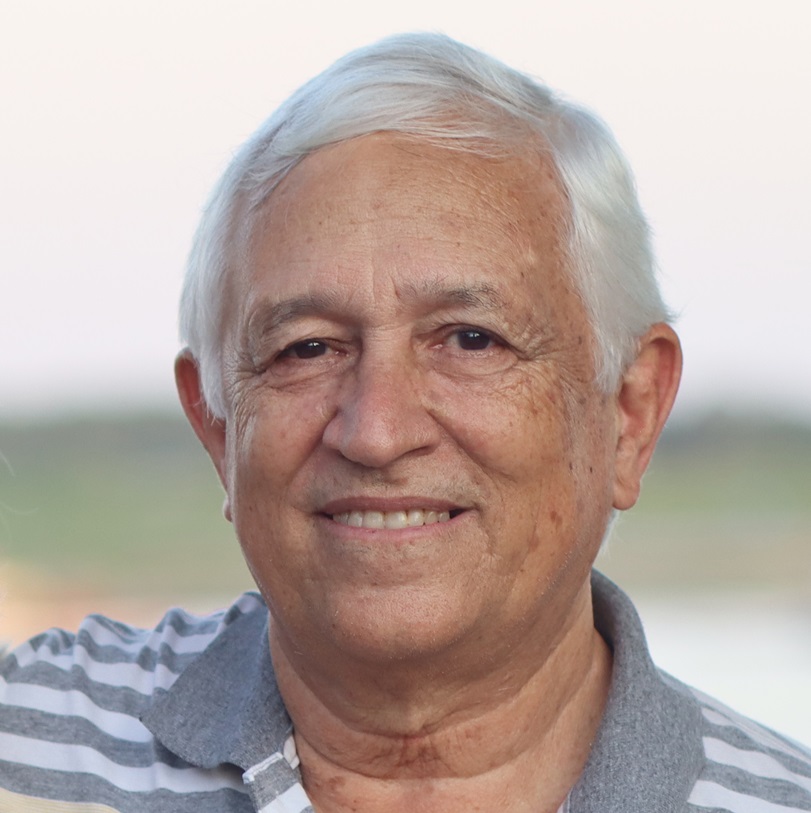
Enoque Ozório de Faria (enoqueelianefaria@gmail.com) contributes to the MTO facilitation team as a representative of the second wave and was the coordinator of the Three Waves Movement (Movimiento Tres Olas – MTO) from 2013–2019. He and his wife were missionaries with several Brazilian mission agencies for more than 40 years. They served in Brazil and in Mozambique. They have two adult sons and three grandchildren.
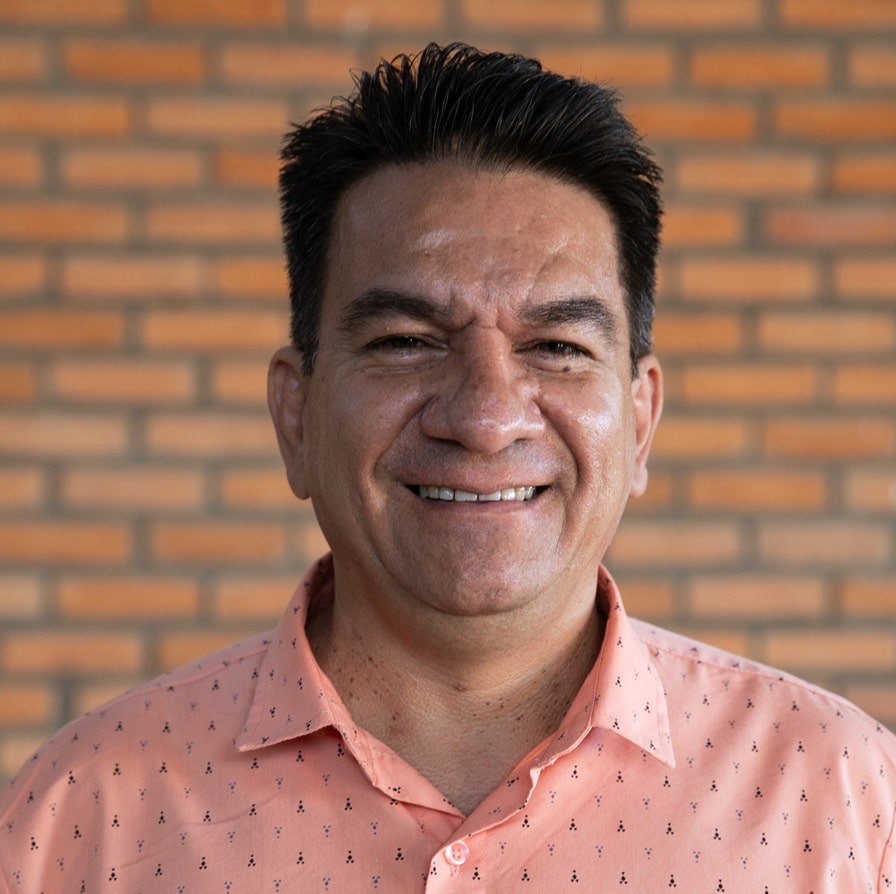
Javier Mayorga Ramírez (JavierMayorga@3olas.org) is the coordinator for the Three Waves Movement (Movimiento Tres Olas – MTO). After serving six years in pastoral ministry with the Evangelical Denomination Alliance of Colombia, he was sent to serve as a missionary with Indigenous peoples, which he’s done for more than 20 years. He remains passionate about the work of the Lord among the Indigenous peoples of the Amazon region in South America. He is married to Betzabe Mora, and they have two sons.
[i] Conselho Nacional de Pastores e Lideres Evangélicos (National council of evangelical pastors and leaders).
[ii] Departamento de assuntos indígenas, amtb.org.br/dai-departamento-de-assuntos-indigenas-da-amtb/.
[iii] What we came to call the three waves was inspired by the writings of the well-known missiologist Ralph Winter who used this terminology to describe the advance of global mission work. He described the first wave as the one that reached the coast of continents and countries, starting with William Carey, a British missionary in India. The second wave moved into the interior of the countries. Hudson Taylor and David Livingstone were pioneers in this phase. And then the third wave came later and focused on unreached people groups. Later Isaac Costa, a missionary in Brazil among an Indigenous people group, wrote a book telling the story of how the gospel spread amongst Brazil’s many ethnic groups. He reframed this terminology for Brazil reflecting how we now use it in to describe the foreign, national, and Indigenous engagement with the unreached tribal peoples in the Amazon region.
EMQ, Volume 60, Issue 2. Copyright © 2024 by Missio Nexus. All rights reserved. Not to be reproduced or copied in any form without written permission from Missio Nexus. Email: EMQ@MissioNexus.org.

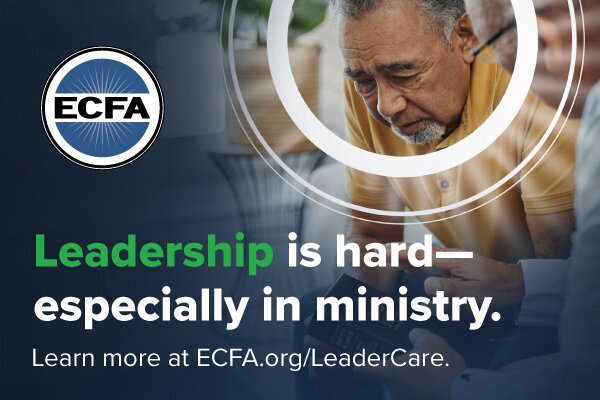


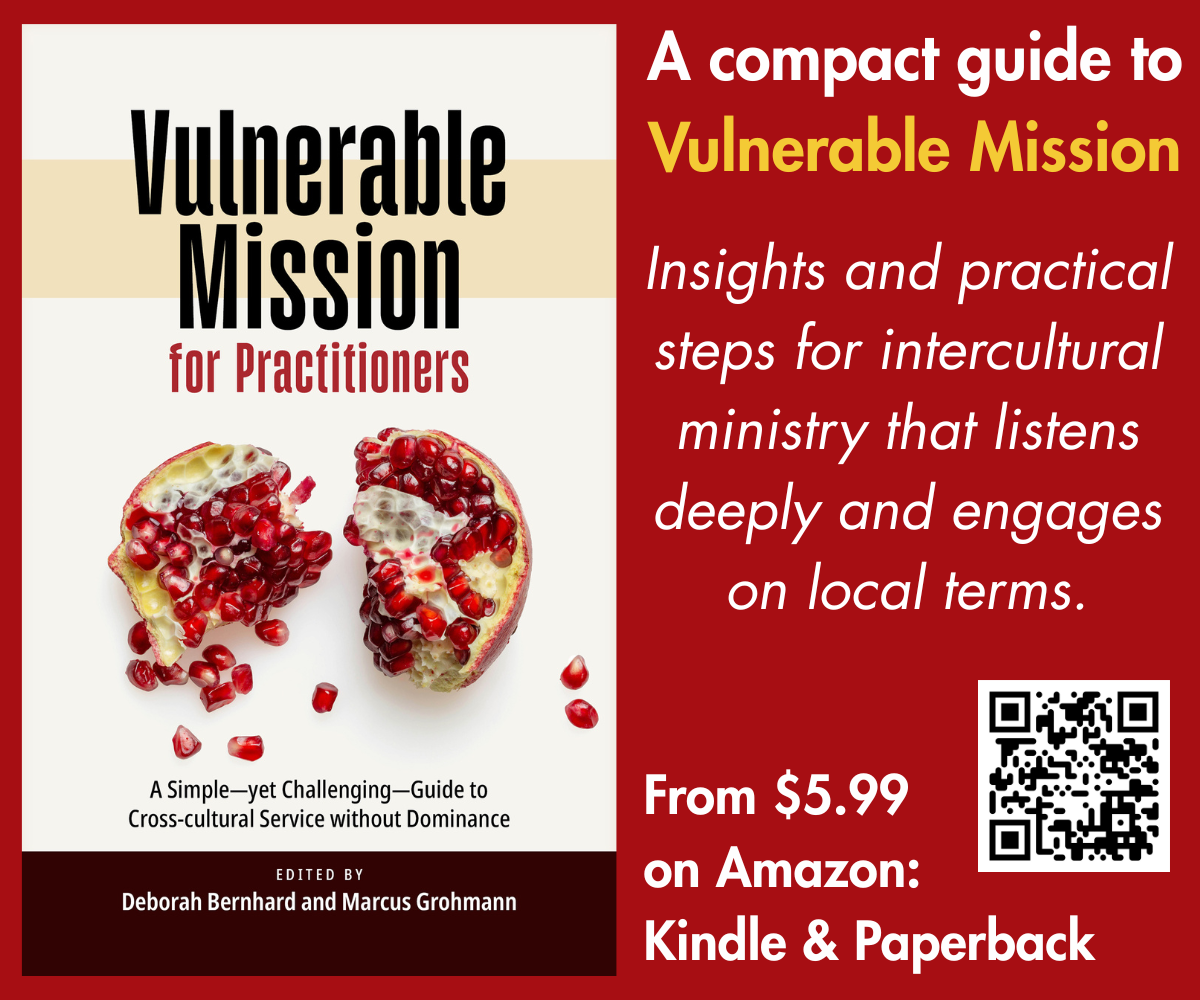

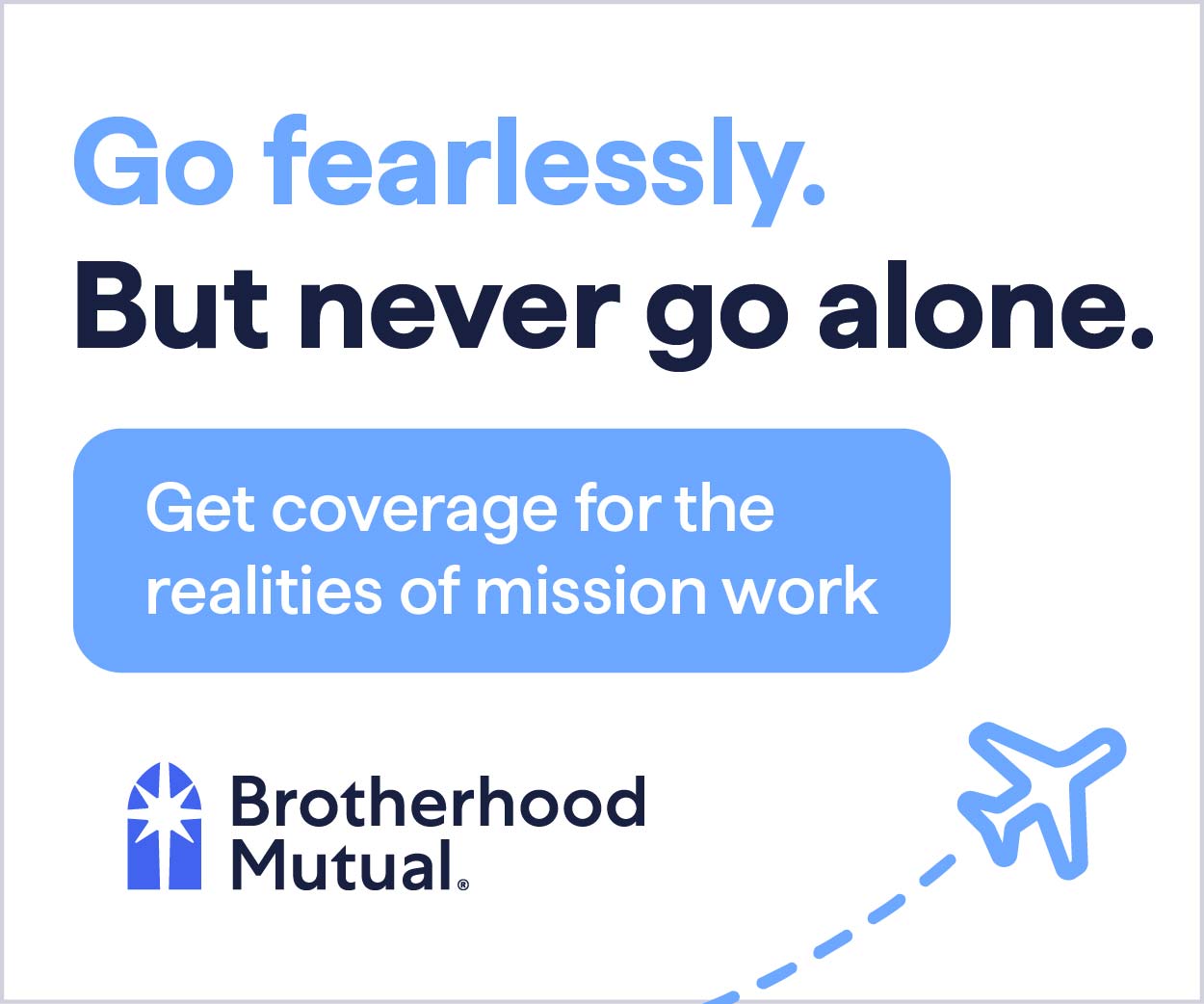
Responses